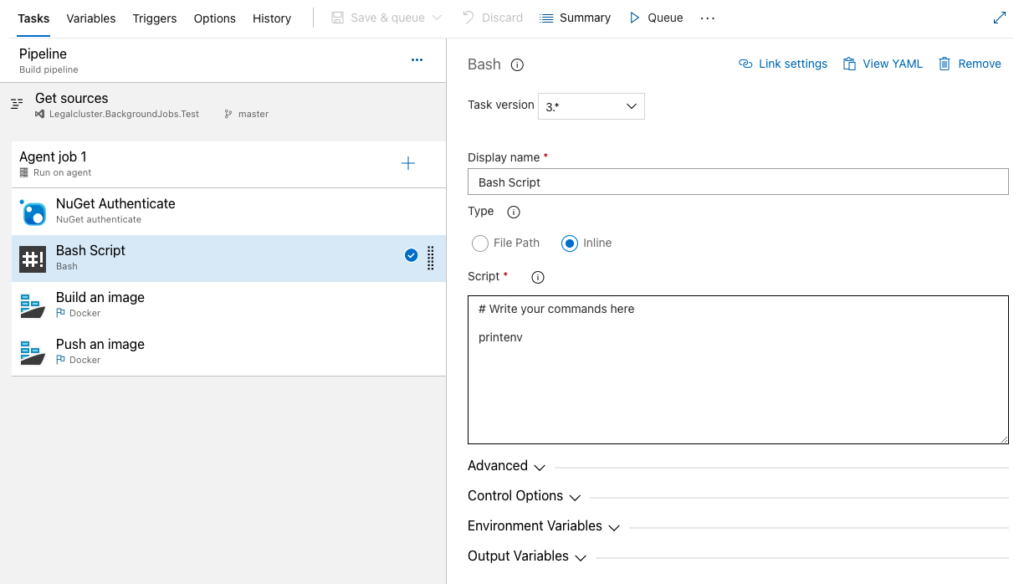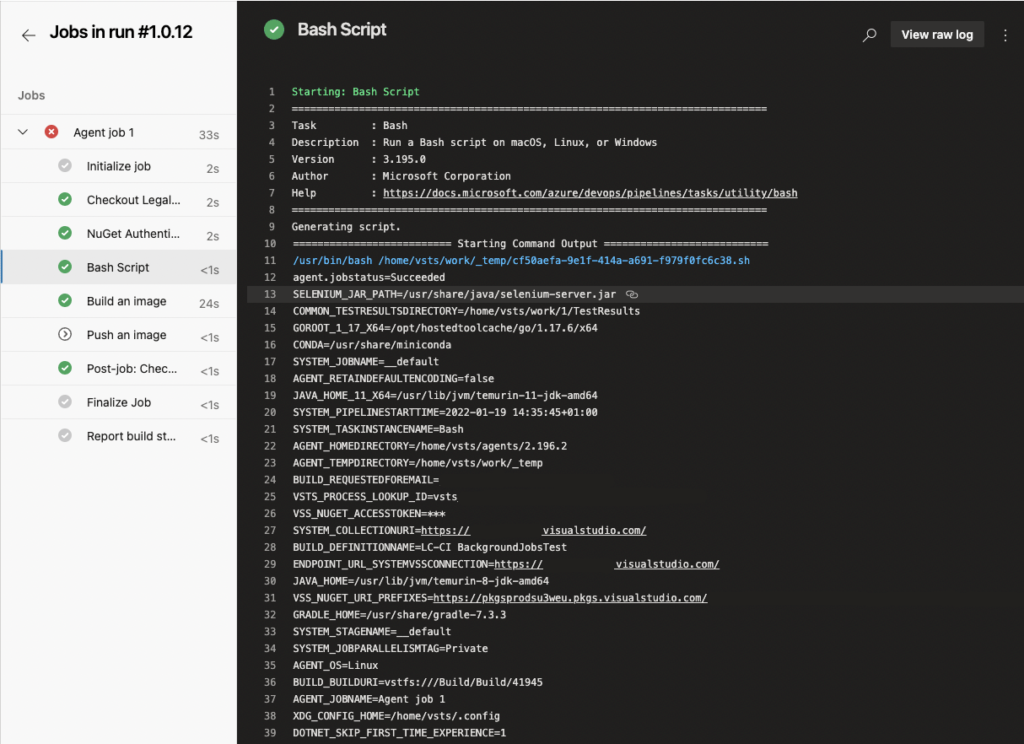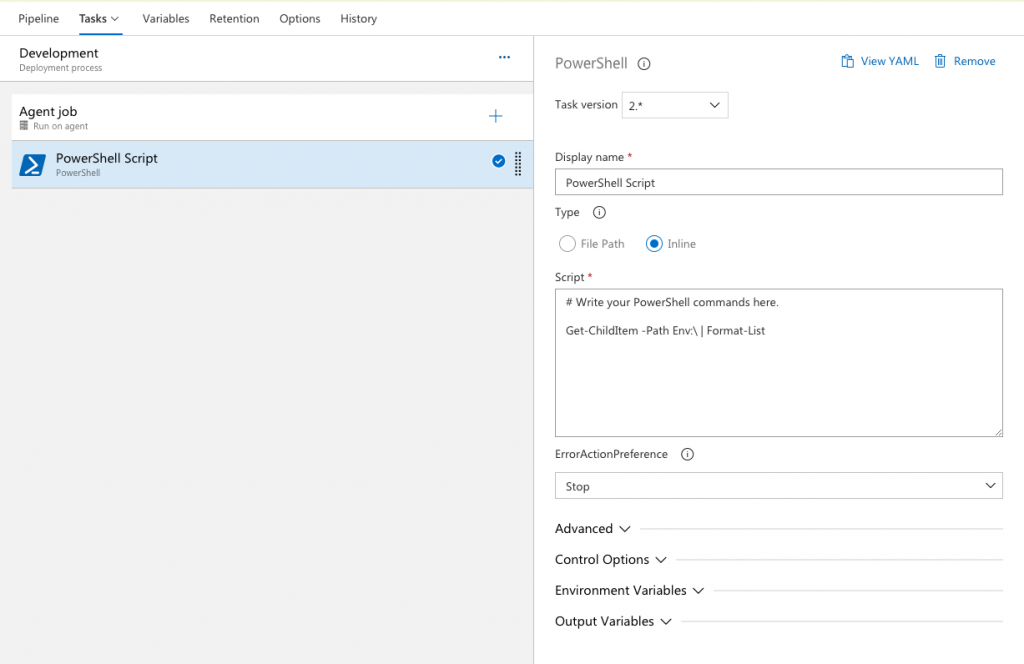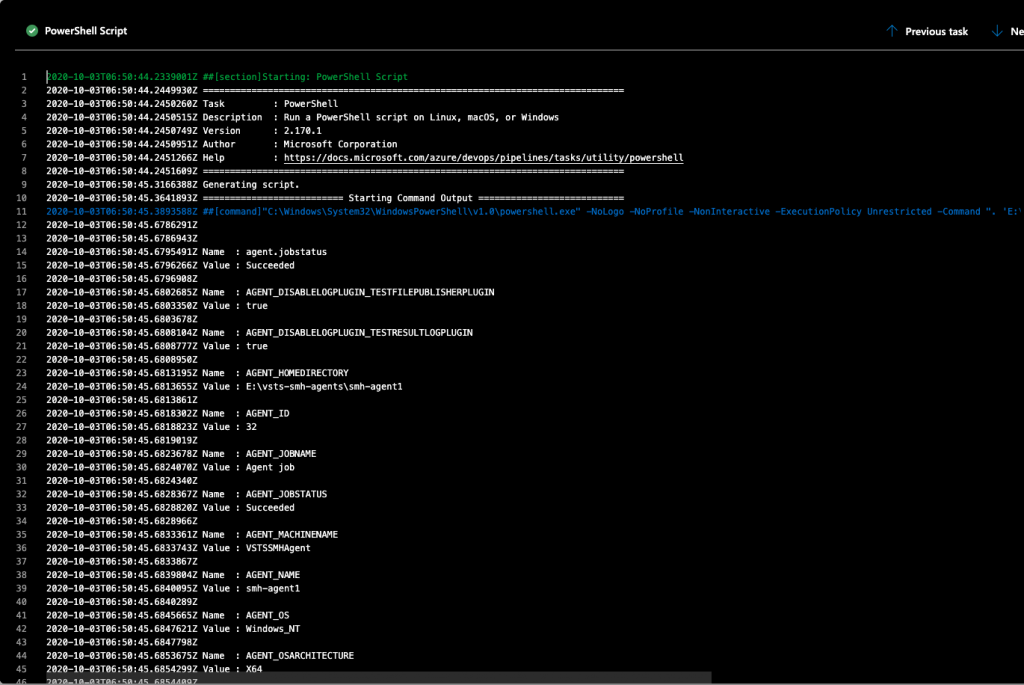If you want to get tenant ID of the domain associated with Azure Active Directory / Entra ID you can quickly check it by checking OpenID configuration. Just use the link:
https://login.microsoftonline.com/DOMAIN/v2.0/.well-known/openid-configurationand replace the domain you’re checking. In a result you will receive OpenID configuration, if exists, for such domain and in the token_endpoint URL you will find tenant ID to be a part of the URL, for example
"token_endpoint": "https://login.microsoftonline.com/TENANT_ID/oauth2/v2.0/token"






